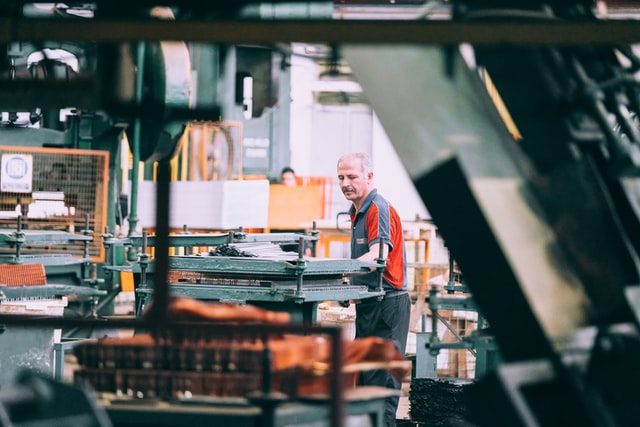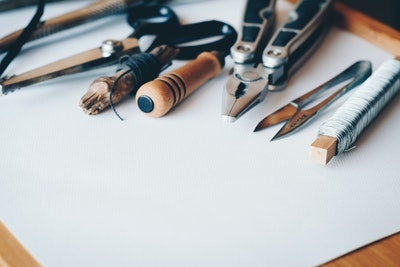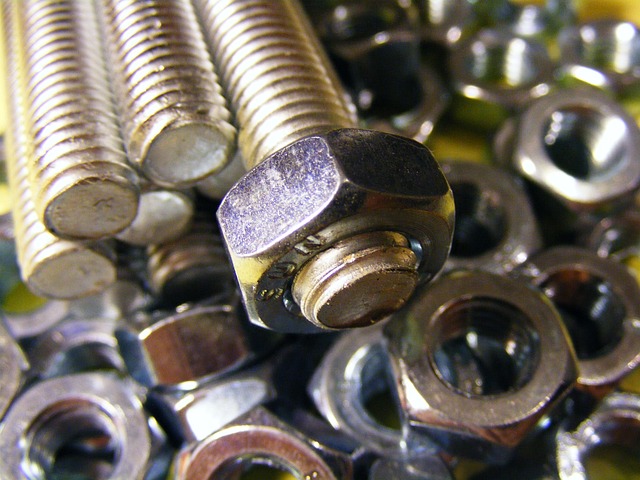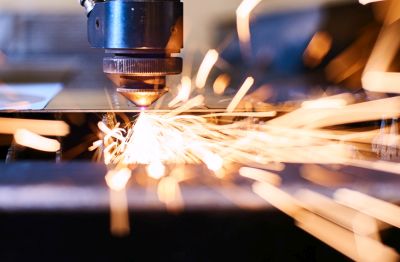Machine Guarding: Mechanical Hazards and Safe Work Practices

Manufacturing facilities must take measures to reduce risks to their workers. In manufacturing industries, injuries are all too common and can range from minor to severe or deadly.
Operators must use safe work practices when operating a machine to pre
vent accidents and injuries.
The machine operator’s safety is the top priority at any manufacturing facility. Machine guarding is one way to help protect workers by preventing them from coming into contact with machinery’s hazardous moving parts.
What Is Machine Guarding?
According to dynatect.com, machine guarding is a process used to protect machine operators from moving parts that may pose a risk of injury.
Guards can be mechanical, electrical, or hydraulic. Mechanical guards are manually installed devices that provide physical protection by covering or surrounding a machine’s moving parts.
This is often used alongside training and supervision to help protect workers and reduce the potential for workplace injuries. When used correctly and kept in good condition, the guards are highly effective.
Trends in Machine Guarding
The Occupational Health and Safety Administration (OSHA) estimates that 18,000 workers are killed in machine-related accidents each year. Many more suffer injuries ranging from minor to severe.
Many manufacturers are beginning to incorporate new technologies into guarding strategies to reduce these numbers due to these numbers, many manufacturers are beginning to incorporate new technologies into guarding strategies.
They are installing guarding systems that incorporate software controls that are computer-based and can be easily updated with software that can be programmed to respond to specific situations.
Similarly, digital communication, sensing, and actuation can be used to create a networked guarding system. This guarding system integrates various parts of the production process, including the machine, the guarding system, and the control room.
With an integrated system, it is easier to make sure the guards are in place and working correctly. It’s also possible to keep a closer eye on some guards, so it is easy to detect if something goes wrong and have it fixed right away.
Why Is Machine Guarding Important?
Manufacturing companies invest significant time and money into purchasing and maintaining equipment. This equipment may be used for a variety of tasks, including material handling, loading, and unloading. Various components can be dangerous, depending on the type of machine.
The three different types of mechanical guards that can be used to protect employees from machine parts include fixed, rotating, and barrier guards. Fixed guards are permanently attached to the machine and remain in place during operation. Fixed guards are the most common types of guarding devices used for rotating machinery.
Rotating guards move with the machine’s parts. These guards are designed to stay within an inch of the rotating part, which prevents the operator from being crushed by a part as it rotates in and out. Barrier guards act as a barrier between the operator and the machine’s moving parts. Barrier guards are usually used when an operator must be close to a very dangerous part of the machine.
How Does Mechanical Guarding Help Reduce Lawsuits?
All machines have some form of risk associated with them, and when someone is injured, they have the right to request worker’s compensation to cover any medical costs or related expenses. Depending on the injury, this can end up being a significant amount of money that will be paid by the manufacturing company.
The best way to reduce the risk of injury is to employ safe work practices and use mechanical guarding systems when necessary. When companies use a mechanical guard on equipment, they can be confident that the potential for injuries is reduced.
Employers will also want to look into updated training for equipment, purchasing newer equipment with safeguards installed, and other techniques known to help reduce risk in the workplace. Since the equipment is used so frequently in a manufacturing facility, doing as much as possible to reduce risks is crucial.
Procedures to Follow When Using Guards
When an employee uses a machine with a guard in place, he or she must be certain it is properly installed and works correctly. If the employee is not sure if the guard is in place properly, he or she should not attempt to operate the machine. To ensure that guards are in place and properly installed, operators should make sure the machine is turned off and there is no power going to it.
Make sure that the machine is not in motion/ If it is, wait until all parts of the machine stop moving, confirm there is no power, and then check the guards.
Inspect any guards on the machine to make sure they are in their proper place, and if one is not positioned correctly, do not attempt to use the machine. Instead, lock the machine so it can’t be used and have it repaired. Employees should inform management when any equipment is out of service and in need of repair.
Machine Guarding and Technology
New technologies, including automation and artificial intelligence, will play a role in guarding strategies in the future. Take, for example, the development of autonomous machines. Similarly, advances in machine vision will enable machines to detect and avoid hazards.
Other technologies, such as virtual reality, may be used to create real-time simulations of dangerous situations. These technologies can help manufacturers create more effective guarding strategies.
They can also be used to help show employees how to operate equipment safely, how to prevent injuries, and what to do if something is not working properly. The training should be done regularly to refresh the workers on proper safety protocols to keep them protected.
Machine guarding is an important process used to protect machine operators from unguarded moving parts that may pose a risk of injury or possibly death. With the various options available and the new technology that will be used more in the future, they are an excellent way to protect workers in the manufacturing industry.
If you are worried about the safety of manufacturing equipment purchased recently or older models, take the time to learn more about the guards available to fit. Speak with a manufacturer of guards today to get more information.






